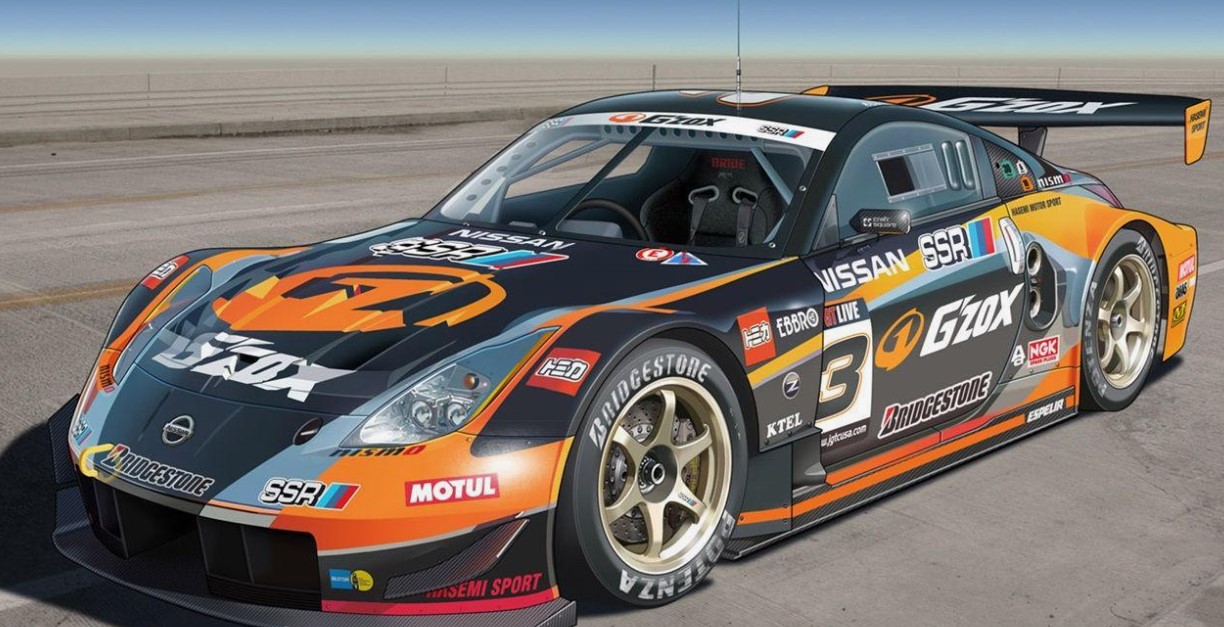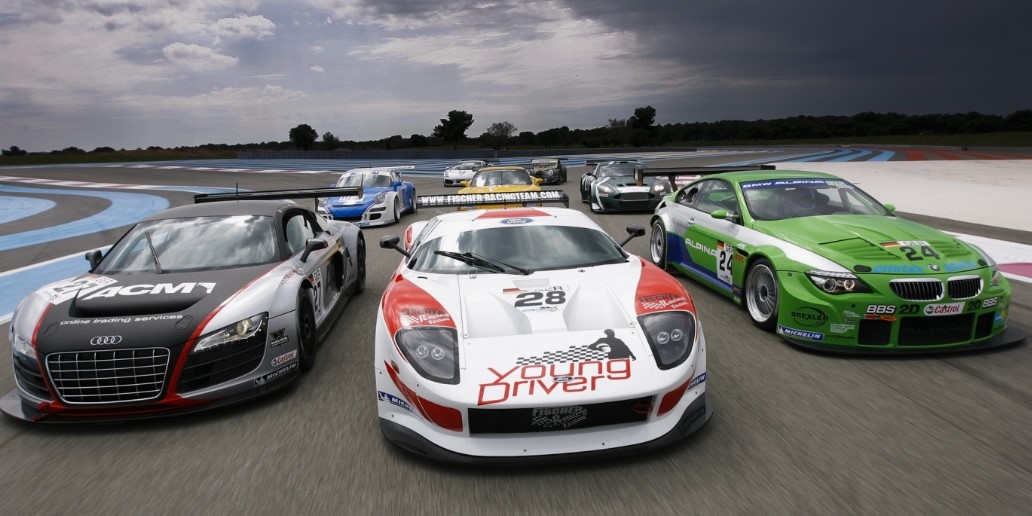In the world of motorsport, vehicle maintenance is paramount. The high-speed, high-stakes environment of racing exposes cars to various forms of damage, from debris impact to minor collisions. Paint Protection Film (PPF) has emerged as a critical solution to protect race cars, ensuring they remain in top condition. This article examines how PPF is utilized in motorsport, its benefits, the application process, and its influence on the racing industry.
The Role of PPF in Motorsports
Paint Protection Film, commonly known as PPF, is a transparent, flexible urethane film applied to a vehicle’s exterior to safeguard it from physical damage. Initially developed for military use, PPF has become indispensable in automotive care, particularly in motorsport. Its primary function is to protect the vehicle’s paint from scratches, chips, and other damages that are common in racing environments.
In motorsport, vehicles endure extreme conditions that can quickly degrade their appearance and integrity. PPF acts as a protective layer that absorbs impacts, preserving the paint beneath. This protection is crucial in a sport where both performance and aesthetics are key.
Key Benefits of PPF in Racing
- Protection from Debris: Race tracks are rife with debris, including gravel, rubber shavings, and other particulates. These elements, when propelled at high speeds, can cause significant damage to a car’s exterior. PPF provides a robust barrier that shields the paint from these hazards, maintaining the car’s pristine look.
- Maintaining Aesthetics: In racing, a car’s appearance is not just about vanity; it represents team sponsors and brand image. PPF helps maintain a flawless exterior, which is essential for sponsorship visibility and professional presentation.
- Cost Savings: Frequent paint repairs or replacements can be costly. By protecting the paint, PPF reduces the need for such repairs, leading to considerable cost savings over the racing season.
- Weight Efficiency: PPF is designed to be lightweight, ensuring it does not affect the vehicle’s performance. This is vital in racing, where weight can influence speed and handling.
- Durability: High-quality PPF is engineered to withstand the harsh conditions of racing. It resists high temperatures, UV exposure, and mechanical stress, providing long-lasting protection.

Applying PPF to Race Cars
The application of PPF to race cars is a detailed process that requires precision to ensure optimal protection and performance:
- Surface Preparation: The car’s exterior must be meticulously cleaned to remove any contaminants that could affect the film’s adhesion. This step is crucial for achieving a seamless application.
- Custom Fitment: PPF is cut to match the specific dimensions and contours of the race car. This often involves the use of computer-aided design (CAD) and cutting technologies to ensure precision.
- Application Process: The film is applied using a wet application method, allowing it to be repositioned as needed to avoid air bubbles and ensure full coverage. Squeegees and heat guns are used to secure the film and smooth out any imperfections.
- Curing Time: After application, the film requires time to cure, during which it fully adheres to the vehicle’s surface. This step ensures the film’s durability and effectiveness.
Enhancing Race Performance with PPF
PPF’s role extends beyond protection; it also enhances the overall performance of race cars:
Aerodynamics: Smooth surfaces are critical for aerodynamic efficiency. PPF ensures the car’s exterior remains sleek, minimizing drag and maximizing speed.
Sponsor Visibility: Maintaining a clean, unmarred surface ensures that sponsor logos and decals are clearly visible. This is crucial for fulfilling sponsorship obligations and promoting team brands.
Driver Confidence: Drivers can focus on performance without worrying about potential damage from track debris or minor collisions. This peace of mind can improve concentration and results.
Global Adoption of PPF in Motorsport
PPF is widely adopted across various motorsport disciplines, including Formula 1, NASCAR, and rally racing, each presenting unique challenges that PPF helps to mitigate:
Formula 1: In Formula 1, where speeds exceed 200 mph, the impact of debris is significant. Teams use PPF to protect key areas such as front wings and side pods, ensuring both performance and aesthetics are maintained.
NASCAR: Close-contact racing in NASCAR increases the likelihood of minor collisions. PPF helps protect the car’s bodywork from scuffs and scrapes, ensuring it remains competitive and visually appealing.
Rally Racing: Rally cars navigate through rough terrains, facing constant bombardment from gravel and stones. PPF provides essential protection, allowing these vehicles to withstand harsh conditions and maintain their appearance.

PPF in Dubai’s Motorsport Environment
In Dubai, where extreme temperatures and frequent sandstorms are common, PPF has become essential for racing teams and car enthusiasts. The harsh climate exacerbates wear and tear on vehicles, making PPF an invaluable investment. The demand for PPF in Dubai has spurred the growth of specialized services, catering to the region’s unique needs.
Companies offering PPF in Dubai are equipped to handle the specific challenges posed by the local environment, ensuring that cars remain protected and visually stunning despite the harsh conditions.
Future Trends in PPF for Motorsport
The future of PPF in motorsport is marked by continuous innovation and improvement:
Self-Healing Films: Advances in self-healing technology allow PPF to repair minor scratches and abrasions automatically. This feature reduces maintenance and extends the film’s lifespan, making it more attractive for racing applications.
Enhanced Materials: Ongoing research aims to develop more durable PPF materials that can withstand even greater stress and environmental challenges, ensuring superior protection for race cars.
Customizable Options: Technological advancements enable PPF to be customized with graphics and designs, allowing teams to maintain their branding without compromising protection.
Conclusion
PPF is a critical element in the motorsport industry, as it provides protection, improves performance, and guarantees that vehicles retain their aesthetic appeal. PPF preserves the integrity and appearance of race vehicles while they endure the rigors of competition by serving as a barrier against physical damage. As technology evolves, PPF will continue to play a pivotal role in motorsport, providing advanced solutions that meet the demands of high-speed racing.
For those seeking more information on PPF and its applications, resources such as the Society of Automotive Engineers (SAE) offer comprehensive insights into industry standards, while the Environmental Protection Agency (EPA) provides guidelines on eco-friendly automotive practices.

Soccer lover, shiba-inu lover, fender owner, vintage furniture lover and typography affectionado. Operating at the sweet spot between art and mathematics to craft an inspiring, compelling and authentic brand narrative.



